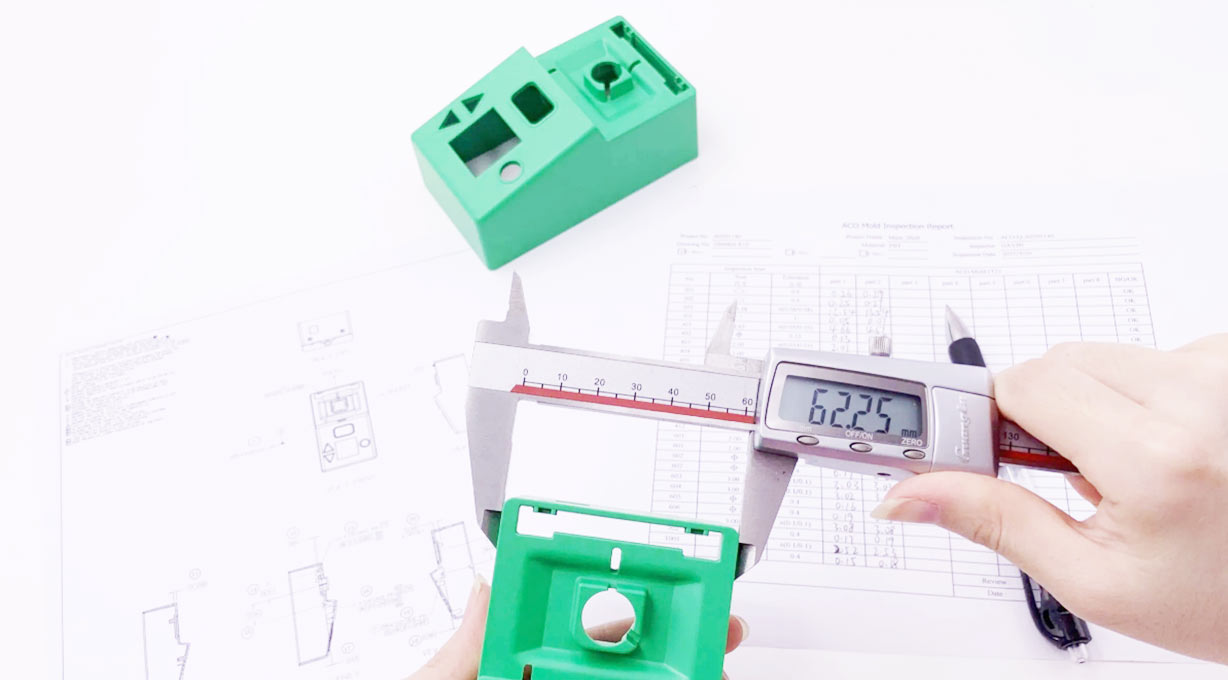Influencing Factors for Tolerance of Plastic Parts in Injection Molding
In injection mold processing, the tolerance of plastic parts is pivotal, directly influencing the quality and value of the final product. This document delves into the factors that determine this tolerance, ensuring a comprehensive understanding for achieving desired outcomes.
International Standards and Industry Norms
ISO Standards
ISO standards, such as ISO 294-4, provide guidelines and tolerance ranges for plastic injection-molded parts. These standards classify tolerance grades based on size, material type, and part complexity.
Specific Industry Standards
Different industries have varying tolerance requirements. For instance, the automotive industry adheres to QS-9000, ensuring interchangeability and reliability. The electronics industry may have specific standards tailored to their product requirements.

Material Factors
Shrinkage Rate of Plastic Materials
The shrinkage rate of plastic materials, higher in crystalline plastics than amorphous ones, significantly impacts dimensional accuracy. Higher shrinkage rates necessitate wider tolerance ranges.
Material Flowability
Materials with better flowability fill the mold cavity more easily, enabling higher dimensional accuracy. Poor flowability may require wider tolerances to avoid issues like insufficient filling.
Part Size and Complexity
Part Size
Smaller plastic parts often have stricter tolerance requirements due to the impact of minor dimensional deviations on function and assembly. Larger parts, like automotive bumpers, can tolerate broader ranges.
Part Complexity
Complex parts, with multiple features, thin walls, or undercut structures, demand more precise mold design and stricter tolerance control compared to simple-shaped parts.
Usage Requirements and Assembly Relationships
Usage Environment
Parts used in harsh environments (high temperature, pressure, humidity) require stricter tolerances to maintain performance and dimensional stability.
Assembly Relationships
Tight assemblies between plastic parts and other components necessitate stringent tolerance control to ensure accuracy and stability, such as in plastic gears fitting metal shafts.
In conclusion, determining the tolerance of plastic parts in injection molding involves a nuanced consideration of multiple factors. Manufacturers must balance these to meet product requirements, material properties, and production processes, often enhancing tolerance control through mold design optimization, process adjustments, and rigorous quality inspection.